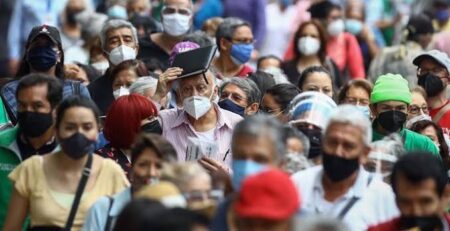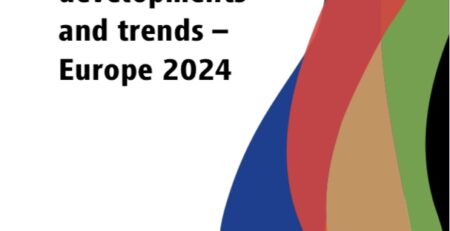Inequality of Opportunity and Health Performance of Private Health Insurance — Empirical Evidence from China
By Rui Li, Minxue Jia & Su Yang
Background: The role of private health insurance in protecting the population’s health is an essential global concern. However, the for-profit nature of private health insurance has led to inequality of opportunity for coverage, which has implications for the health performance of insurance.Method: This article uses the 2018 China Urban Statistics Yearbook and cross-sectional data from the China Health and Retirement Longitudinal Study (CHARLS) of 2015 and 2018. Based on the Heckman two-step method, this article constructs a selection model and a health outcome model of enrollment to analyze the health performance of different groups enrolling in private health insurance through marginal treatment effects (MTE). We correct sample estimation bias due to essential individual heterogeneity and conduct robustness tests by replacing subjective self-rated health, which measures the health outcomes of enrollment, with the objective variable of impaired ADL.Result: The selection equation shows that age has a significant negative effect on individuals’ enrollment in private health insurance (ATE=-0.020, p<0.01) and that gross domestic product per capita in the region has a significant positive effect on enrollment (ATE=0.237, p<0.01). The results reveal risk selection behavior by the insurers, which causes the inequality of enrollment opportunity. The outcome equation shows that enrollment in private health insurance significantly improves individuals’ subjective self-assessed health (ATE=2.3, p<0.05), but differences exist in the degree of improvement in health status after enrollment of the sample group with different characteristics. Mediated effects analysis indicates that enrollment in private health insurance encourages individuals to take health management measures such as physical exercise (ATE=0.472, p<0.01) and medical check-ups (ATE=1.170, p<0.01), thereby improving their health status. This article also simulates the counterfactual of enrollment for the uninsured sample and finds that if these groups are insured, their health will improve to varying degrees, with the rural and elderly groups showing the most significant health improvement.Conclusion: This study shows that private health insurance can improve the insured’s health, but there exist differences in the degree of improvement in health status among the sample groups. Due to inequality of opportunity in insurance, the current coverage of private health insurance is very limited, and many potential customers are excluded from coverage. Therefore, on the basis of ensuring the profitability of private health insurance, the scope of coverage should be appropriately expanded to protect residents’ health needs and improve insurance’s health performance.
Source: SSRN
195 views










